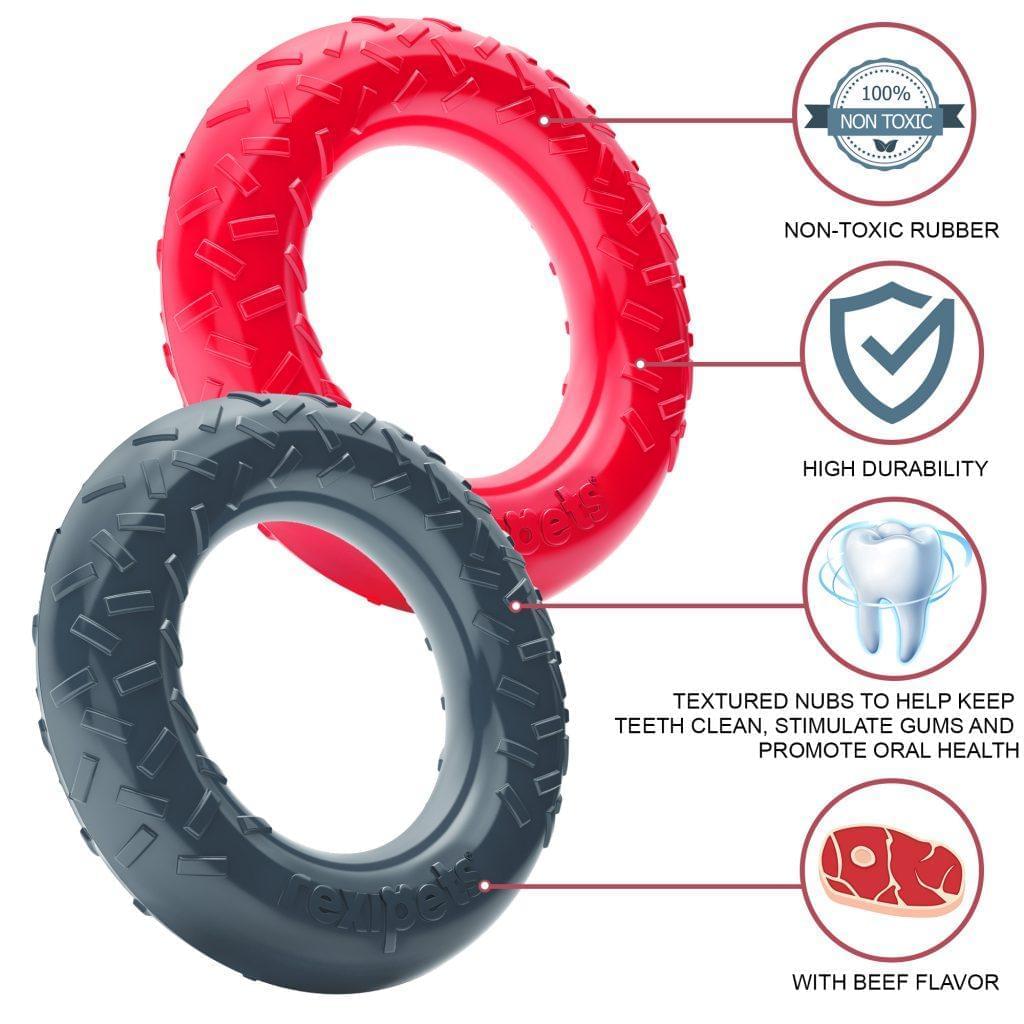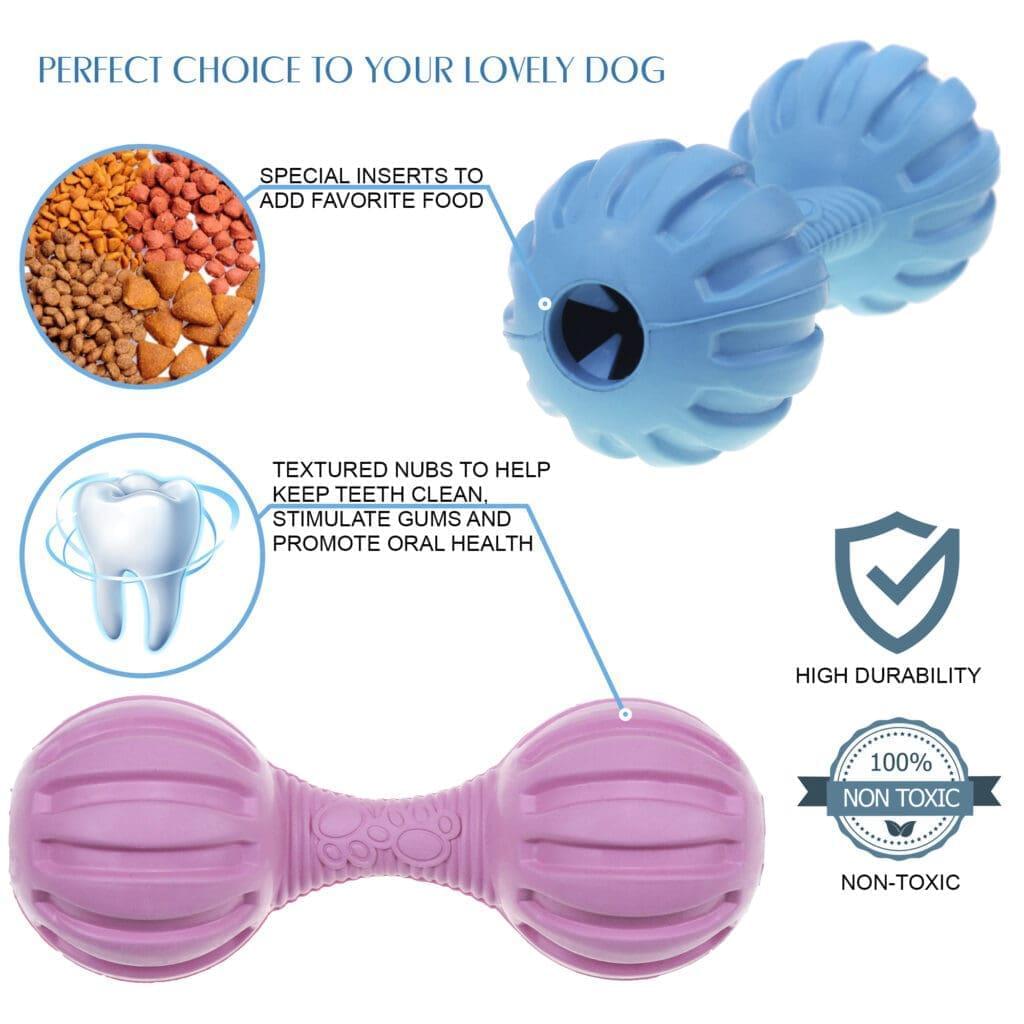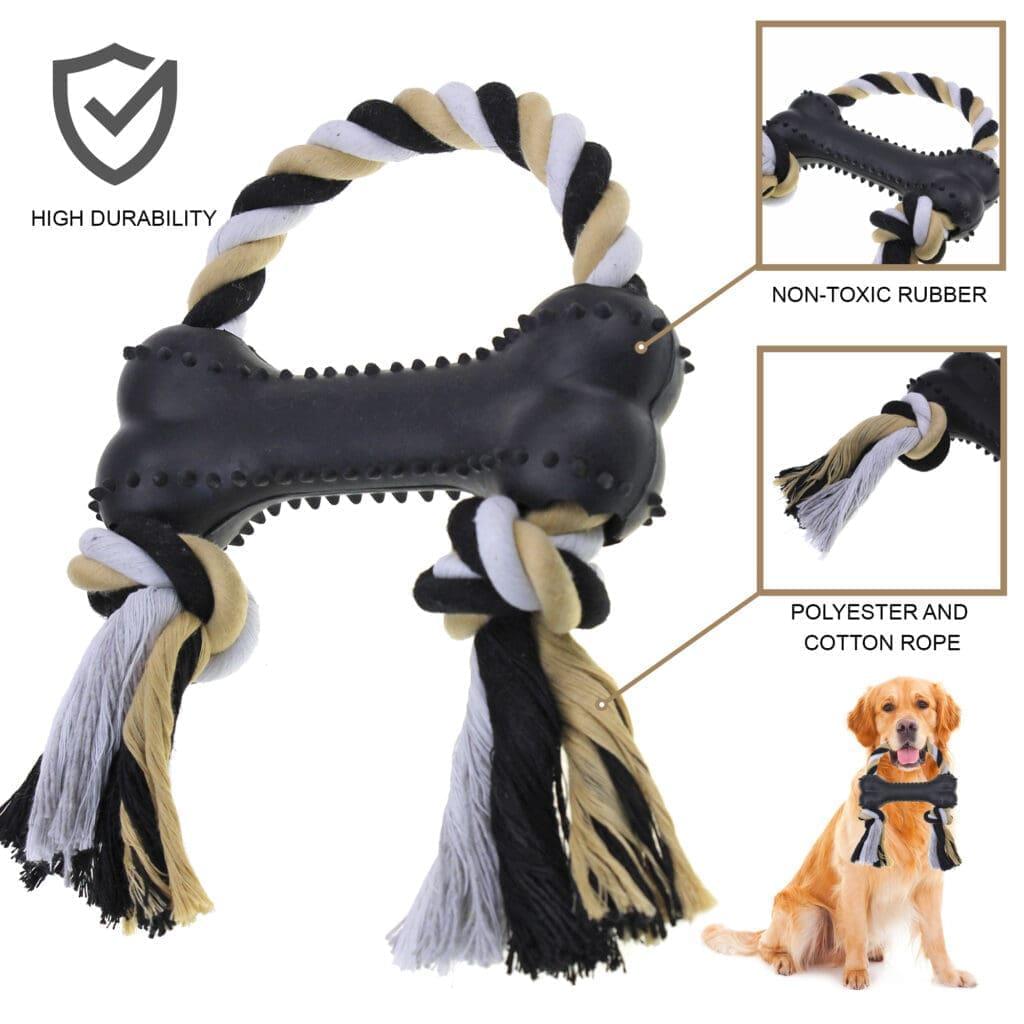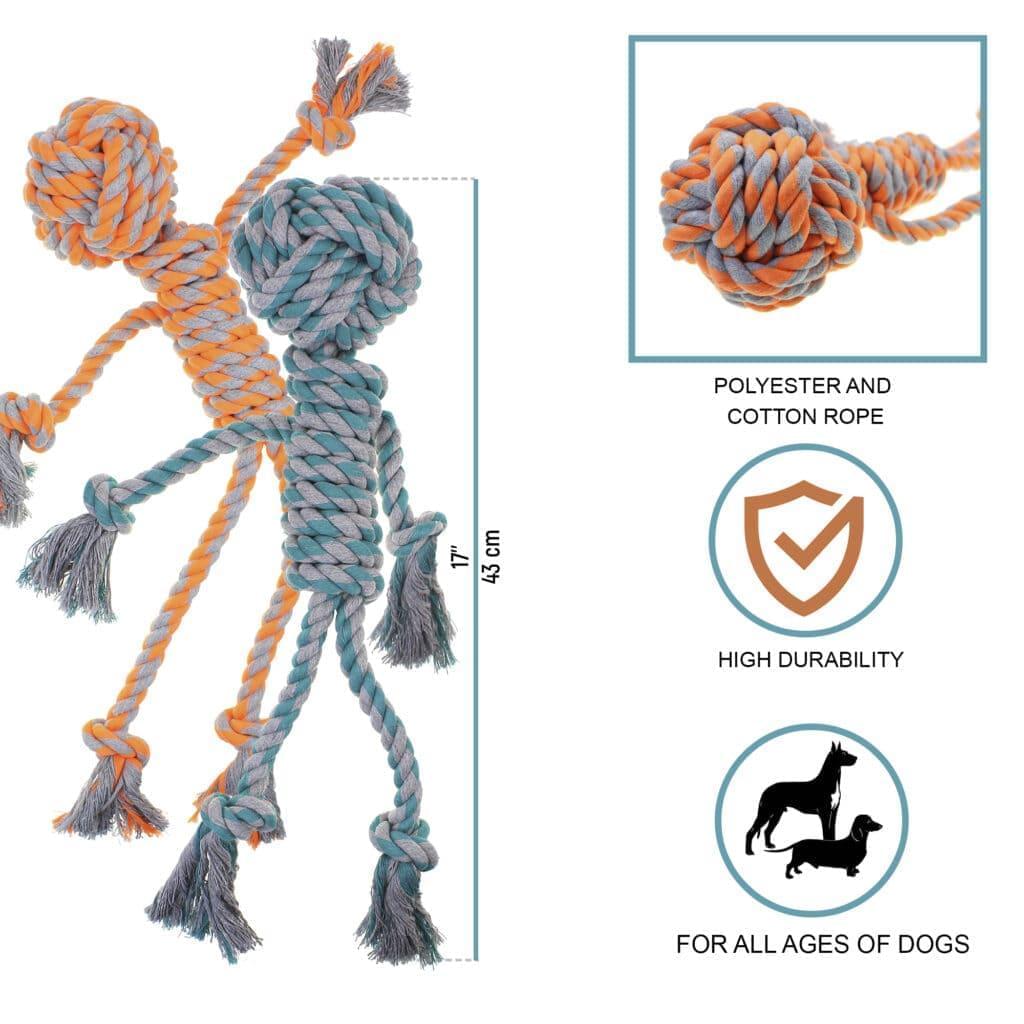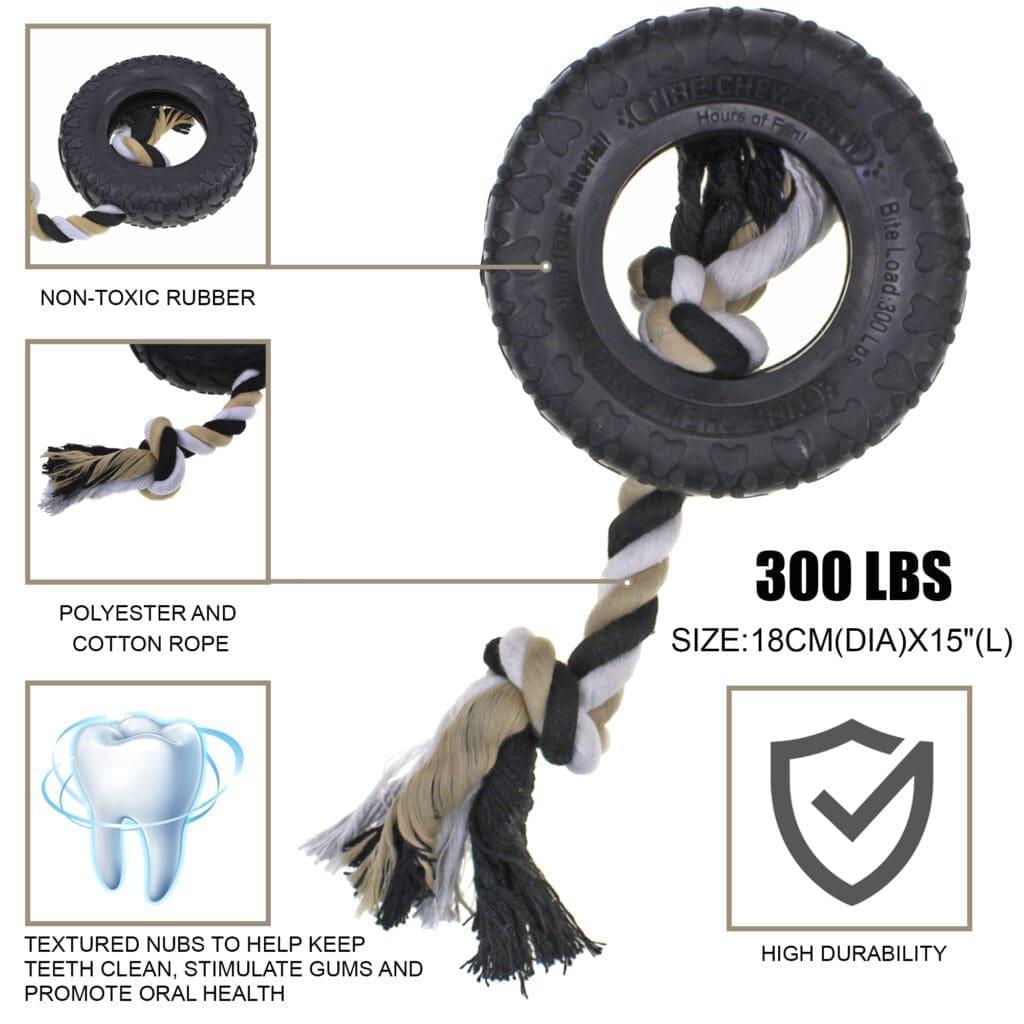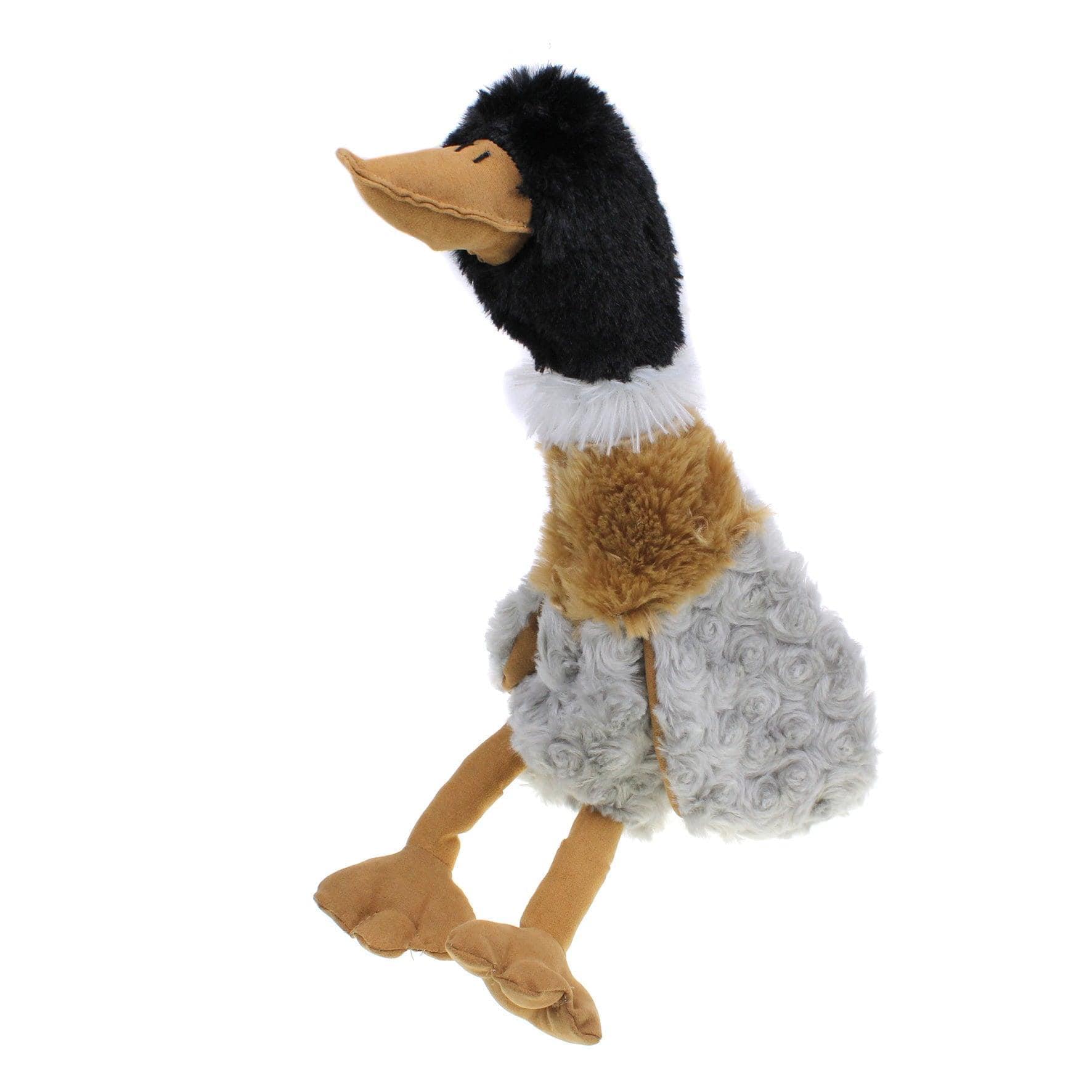
Are you reading this article because you're thinking about breeding dogs or concerned that your furry friend might become pregnant?
The idea of a pregnant mother and a litter of puppies may not be every dog owner's ideal scenario.
Today at Rexipets, we'll explore the answer to the popular question many pet owners have: Can your dog get pregnant when not in heat? We'll explore the signs that a dog is in heat and how you should treat it when it is in heat.
So, stick around while we navigate you through the world of dog pregnancy.
Can Dogs Really Get Pregnant When They Are Not in Heat?

While we commonly use the term "in heat" to describe the ovulation period, veterinarians call it the "estrus" cycle.
Pregnancy in dogs can only occur during this specific stage. However, determining the stages of the cycle can be quite tricky. Each dog is unique, with cycles occurring regularly or irregularly every six to eight months in most dogs.
Moreover, factors such as breed size influence when dogs reach sexual maturity, with smaller breeds experiencing their first estrus cycle earlier than larger breeds. The duration of the cycle also varies, typically lasting two to three weeks.
So basically, a female dog cannot become pregnant when not in heat. Nonetheless, many dog owners struggle to pinpoint and monitor their pet's fertile period due to individual variations in the reproductive cycle.
Signs That a Dog is in Heat Cycle
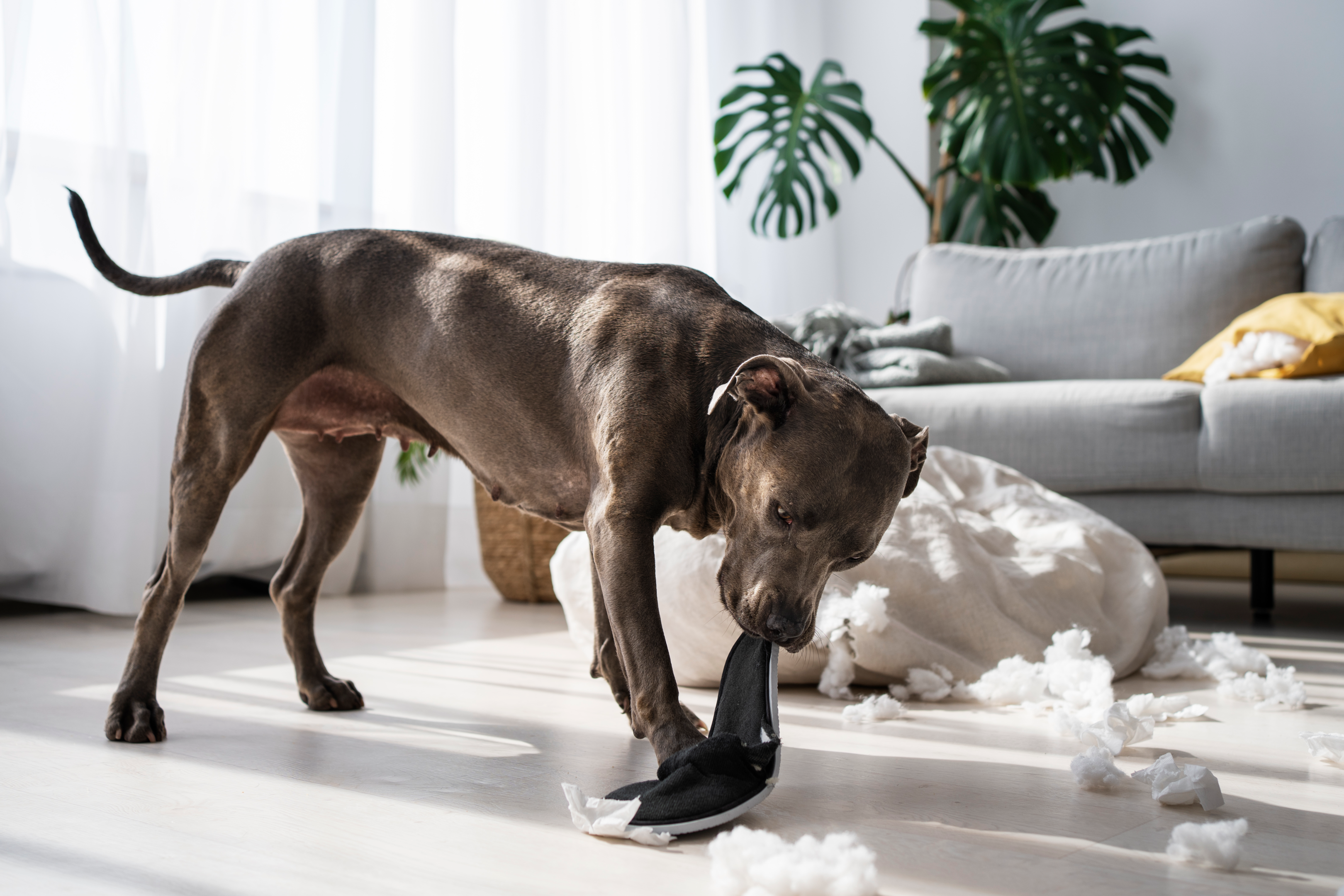
One of the signs that a dog is in heat is a swollen and enlarged vulva. This physical change is noticeable and indicates the start of the reproductive cycle. Additionally, there is a noticeable bloody vaginal discharge that begins darker and progressively lightens, eventually becoming watery as the dog approaches the next stage.
This discharge is often accompanied by what may be perceived as cramps, causing discomfort to the female dog.
Behavioral changes are also evident during the dog's heat cycle. Female dogs may become more open and friendly to other females, reflecting a shift in their social interactions. Another behavioral sign is an increase in licking of the genital area, which is a natural response during this reproductive period.
Changes in urination habits are also observed, with female dogs peeing more often during their heat cycle. This is linked to the release of specific scents and pheromones in their urine, signaling their reproductive stage to male dogs.
Consequently, unwanted attention from other dogs particularly males, also becomes noticeable as they pick up on these distinctive scents.
Lastly, changes in appetite can be observed in female dogs during their heat cycle. Some may eat less than usual, while others may display an increased appetite. These varied signs collectively indicate the different stages of the reproductive cycle in female dogs.
Silent Heat Cycle
Some dogs can go through a silent heat cycle, meaning they are in heat without showing any signs of bleeding.
While bleeding is a common and noticeable indication of the estrus stage in female dogs, there are instances where this symptom is absent. Even without visible bleeding, dogs in a silent heat cycle remain receptive to male dogs and can still become pregnant through mating.
How to Treat Your Dog during Heat Cycle?
Caring for your dog during its heat cycle is crucial for her comfort and well-being. Being a responsible dog owner, knowing how to navigate this period can significantly impact your dog's experience.
Let's explore simple and effective ways to treat your dog carefully and ensure she stays happy and healthy throughout her heat cycle.
-
Cleanliness
When bathing your dog, be gentle, especially around her swollen vulva and nipples, as they might be sensitive. Dogs stay clean by licking themselves, which is a normal thing for them to do. Let your dog do it; it's good for her.
-
Changes in Behavior
Throughout the weeks of its first heat cycle, your dog might show mood swings, becoming more temperamental or extra affectionate. This could mean it doesn't want to leave your side or prefers quieter parts of the house to be alone.
Respecting these choices is important because a dog in heat might be more easily irritated.
-
Steer Clear of Male Dogs
Make sure your backyard is properly fenced, and be extra careful when you open the front door after returning home to keep your dog away from a male dog to avoid pregnancy.
Your female dog's body signals that it's time to mate, and her cycle's sharp smell helps her locate the nearest male. You might also notice more stray or neighborhood dogs sniffing and marking around your house.
Your female dog's reproductive cycle shouldn't last more than three weeks, and sometimes
,it can be as short as five days.
How Often Does a Dog Come into the Heat Cycle?
Many dogs experience two heat cycles yearly, but the frequency can differ among breeds and individual dogs. Smaller breeds tend to have three cycles annually, while larger breeds might only have one.
When dogs start their reproductive cycles, it's common for the cycles to be irregular in large dogs, and it may take up to two years for them to become regular. Unlike Basenjis and sled dog breeds, domesticated dogs don't have a specific breeding season tied to a particular time of year.
Signs Your Dog Is Pregnant

Detecting pregnancy in your dog can be tricky during the initial weeks, as there may not be noticeable changes in behavior or physical appearance. However, some pregnancy symptoms might indicate that your dog is expecting.
It's not uncommon for pregnant dogs to experience vomiting or a reduced appetite. On average, the pregnancy period for dogs lasts around 62-64 days, although the specific dates can vary, depending on your dog's age, breed, and individual factors.
One noticeable sign of pregnancy is weight gain as your dog's body prepares to nurture the developing puppies. A swollen stomach is also a common physical indicator. The increase in appetite is another key signal, as pregnant dogs often need more nourishment to support the growing litter.
Beyond the physical changes, you might observe behavioral shifts in your pregnant dog. Fatigue is common, and it may get tired more easily than usual. Additionally, some pregnant dogs may become irritable, while others may display heightened affection towards their owners.
It's important to note that vomiting and a decrease in appetite are more typical during the first few weeks of pregnancy. Keeping an eye out for these signs and seeking veterinary advice can help ensure the well-being of your expecting furry friend.
How to Treat Your Pregnant Dog?
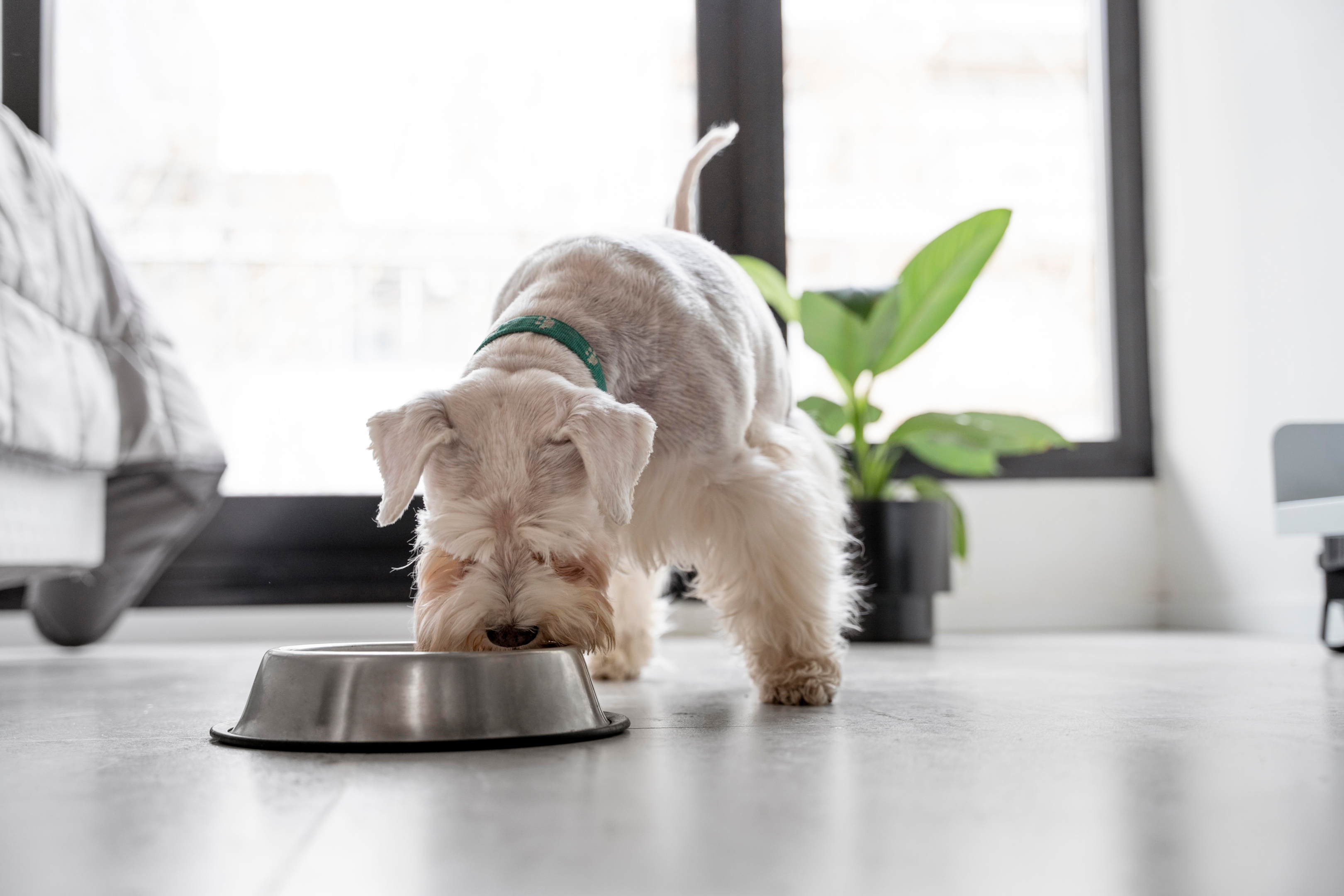
If you suspect a dog's pregnancy, the initial and crucial step is to contact your veterinarian. Around the fourth week of pregnancy, your vet can conduct an ultrasound to confirm whether your dog is expecting.
Alternatively, after approximately 35 days, blood tests may be performed for confirmation. Once your dog's pregnancy is confirmed, taking specific measures to ensure their well-being is essential.
-
Provide Sufficient Nutrition
Around the fourth week of your dog's pregnancy, it's crucial to switch to a high-calorie diet that includes the necessary nutrients for their health. There are reputable brands offering food specially formulated for pregnant dogs, and your vet can guide you in choosing the most suitable option.
Given that your pregnant dog may not have as much space in her belly, it's generally recommended to offer smaller meals throughout the day to ensure proper nutrition and comfort.
-
Visit the Veterinarian
It's important to schedule regular vet visits to ensure your dog's health throughout her pregnancy and to rule out any conditions that could be passed down to the puppies. A fecal exam is recommended to check for intestinal parasites, and it's crucial to avoid administering any over-the-counter dewormers, as they may be harmful to both the pregnant dog and its puppies.
-
Make a Cozy Bed

When your dog is about to have puppies, make a comfy and warm spot away from noise and other pets. Make sure there's enough room for it to move around easily. This helps her feel comfortable and relaxed during this important time.
-
Keep Your Dog Away from Other Dogs
When your dog is three weeks away from giving birth and three weeks after, make sure it stays away from other dogs. This helps prevent it from getting a herpes virus, which might not be too risky for grown-up dogs but can be dangerous for little puppies.
-
Check Your Dog's Temperature
You can figure out if your dog is about to give birth within the next day by taking its temperature using a rectal thermometer. During this period, their temperature will go below 100°F.
Final Words
To sum up, knowing when dogs can get pregnant is important for caring for our pets. Female dogs can only get pregnant during their heat cycle. Keep an eye out for signs, be aware of behavior changes, and get help from the vet if needed.
Whether you're thinking about breeding your dog or worried about pregnancy, being a good pet owner means looking out for your dog during its heat cycle and pregnancy to ensure their health is in top shape.
FAQs
Do dogs get pregnant easily?
Yes, dogs can get pregnant easily, especially during their heat cycle. Female dogs of large and giant breeds are generally fertile during this period, making it possible for them to conceive if they mate with a male dog. The ease of pregnancy in dogs is influenced by factors such as their reproductive cycle, health, and the presence of a male dog. Studies show that 40% of female dogs get pregnant just after one mating session.
When can your dog get pregnant after bleeding?
Following the bleeding, the dog enters the estrus cycle, during which it becomes fertile and is receptive to a male. The typical duration of the estrus stage in dogs spans around nine days, although this period can vary, lasting anywhere from 5 to 21 days.









